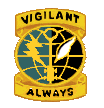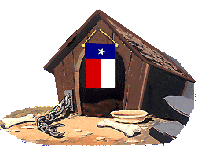
|
Army Security Agency ONLINE DOG HOUSE |

|

|
Army Security Agency ONLINE DOG HOUSE |

|
|
|
|
|


| You will need an Adobe Acrobat Reader to view some of the files (pdf) on this site. To get one for your computer click here:Adobe Acrobat Reader |
To get back to site map page click on the ASA DUI graphic (upper right corner of each page) |
 |
 and
John Sinks
and
John Sinks